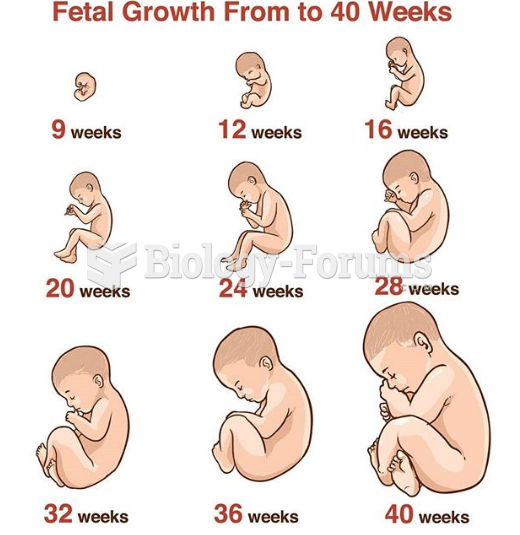Answer to Question 1
Green marketing refers to any corporate effort that attempts to align itself with a cause or movement in support of the environment. Like any promotion, the resulting ad campaign can reflect a sincere effort to do some good or a cheap imitation of such sentiment. Green marketing has reflected a socioeconomic movement that has been on and off in past decades. In the early 1990s, the book Green Marketing by Jacquelyn Ottman predicted that going green would be a marketing revolution, but it didn't come to pass, at least not in the United States. Today, it appears that the movement really will take hold and create meaningful actions and messages on the part of the nation's giant corporations as well as smaller businesses.
Advertisers (and consumers) should be aware that there are millions of green claims out there, but many are exaggerated, absurd, or downright false. It is easy for a company to incorporate the word green in its name, slogan, or packaging when it really doesn't mean anything. Advertisers should also be aware that environmental issues are broad and complex. Even the best intentions of a socially conscious business may fall short. The text advises firms to follow one law when launching a green marketing campaignunderpromis e and overdeliver.
Answer to Question 2
A media plan sets forth the exact media vehicles to be used and the dates and times the advertisements will appear. The plan determines how many people in the target audience will be exposed to the message. The method also determines, to some degree, the effects of the message on those specific target markets. To formulate a media plan, the planners select the media for the campaign and prepare a time schedule for each medium. The media planner's primary goal is to reach the largest number of people in the advertising target that the budget will allow. A secondary goal is to achieve the appropriate message reach and frequency for the target audience while staying within budget. Reach refers to the percentage of consumers in the target audience actually exposed to a particular advertisement in a stated period. Frequency is the number of times these targeted consumers are exposed to the advertisement.
The rise in digital marketing is creating a dramatic shift for advertising agencies. Whereas competition came mostly from other agencies before, today, professional ad agencies face competition from amateur ad makers along with technology companies. Digital marketing is not reduced to one medium, but can include platforms such as social networks, e-books, iPads, geotargeting, and mobile apps. Agencies that choose to embrace new advertising media are facing challenges in adapting but are finding increased profits along the way. Big data can open the door to reaching the most desirable customers and have a positive effect on sales.
The content of the message sometimes affects media choice. The cost of media is an important but troublesome consideration. Planners try to obtain the best coverage possible for each dollar spent. Media are selected by weighing the various advantages and disadvantages of each. Like media selection decisions, media scheduling decisions are affected by numerous factors, such as target audience characteristics, product attributes, product seasonality, customer media behavior, and size of the advertising budget.







